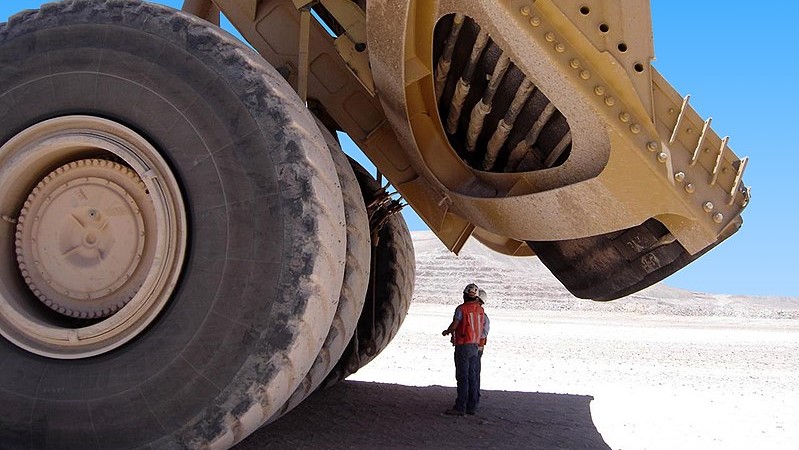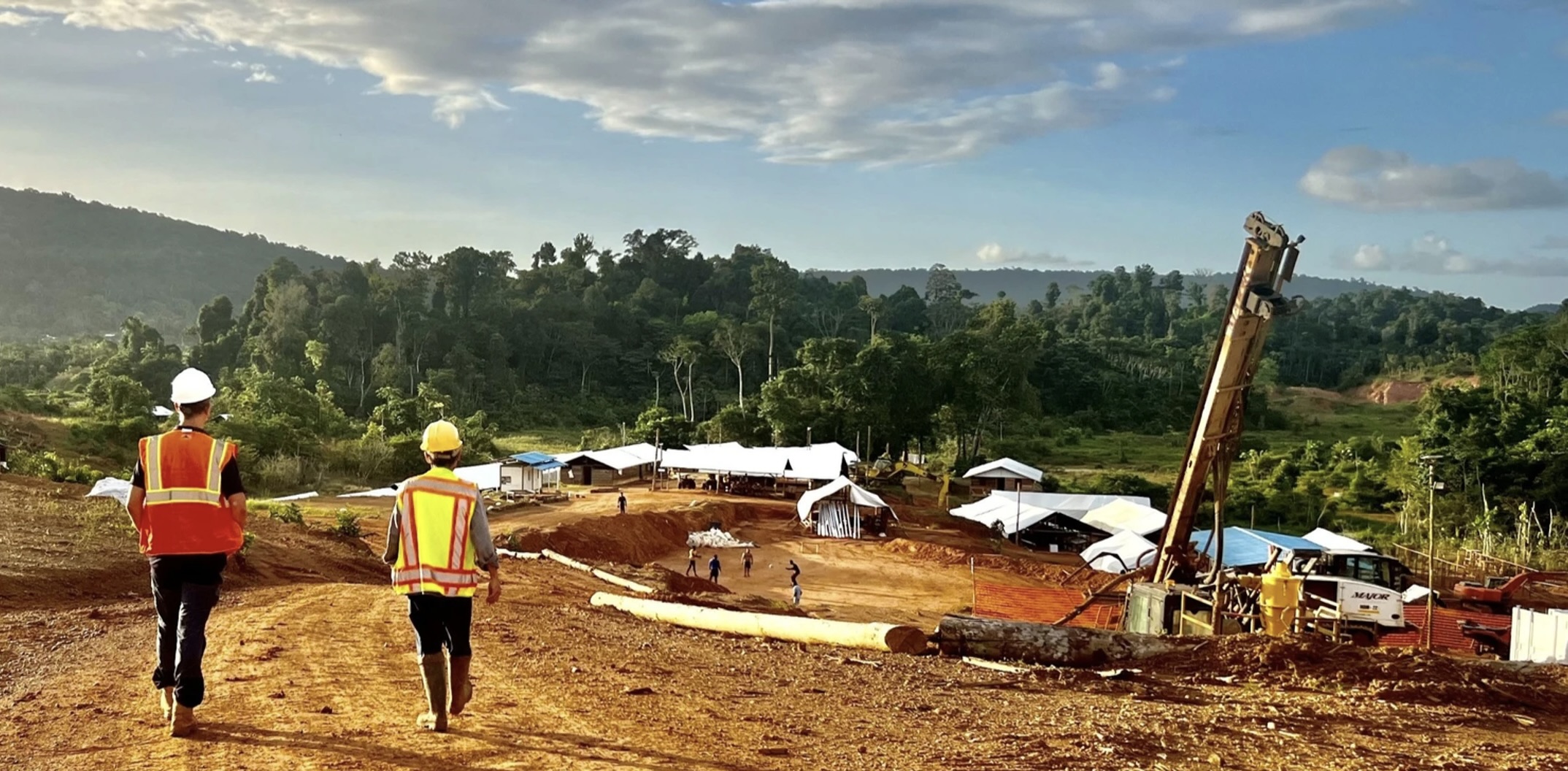Chile targets million-tonne copper boost in tightening market

Chile is targeting an acceleration of its nascent copper-production recovery over the coming years in what would help fill a predicted supply gap as the energy transition spurs demand for the wiring metal.
The government of President Gabriel Boric has set a goal of raising Chile’s production by 1.04 million metric tons by 2026, according to a slide in a presentation delivered by Finance Minister Mario Marcel on Wednesday.
While the starting point of the increase wasn’t clear, it represents a 20% jump from last year’s levels and would be the equivalent of adding another Escondida, the world’s biggest copper mine run by BHP Group.
Declining ore quality, water restrictions and pandemic-related disruptions have seen Chilean output decline in recent years. That has helped offset a slowdown in demand amid inflation-fighting measures. But demand is set to accelerate in the coming years along with the growth of clean energy technologies when it’s getting trickier and pricier to build mines.
Chilean copper commission Cochilco estimates national production will rise 1% to 5.4 million tons this year and increase 4.3% next year to 5.6 million tons. The agency has identified a project pipeline for 2022-2031 of almost $74 billion, with Codelco, Anglo American Plc, Antofagasta Plc and BHP among those set to spend. BloombergNEF said in an October report that Chile could add about 1.5 million tons to its annual production by 2028.
“A million-ton increase sounds feasible, but 2026 seems a bit early,” BNEF metals and mining analyst Sung Choi said.
(By James Attwood)
More News
{{ commodity.name }}
{{ post.title }}
{{ post.date }}


Comments